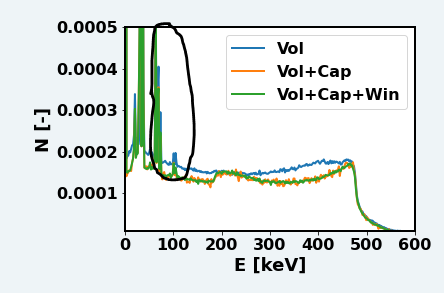Dear Francesco,
thank you for your support.
I don’t understand to occurrence of these lines:

They were not present in previous runs and I am not sure, what is the mechanism. Of course, it is not a big issue, because they disappear after convolution.
I am sorry about question with USRDBX. I missed one parameter.
Thank you.
With regards,
Jarda